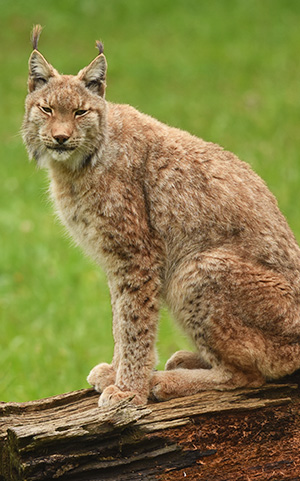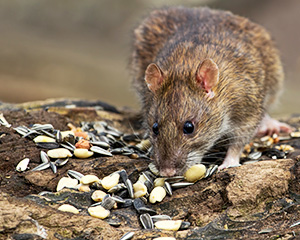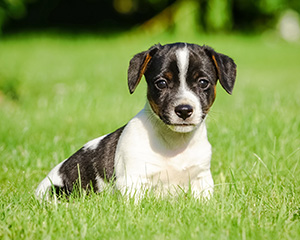As construction continues across McKinney and beyond, the wildlife at our borders faces decreasing habitat and is more likely than ever to venture further into our residential area searching for food and/or shelter. Thus, sightings of carnivores such as coyotes and bobcats (as well as hawks, owls, snakes, skunks, armadillos, raccoons, etc.) are sure to continue. This is especially true in villages where homes back up to a green belt or other natural common area.
The Stonebridge Ranch Community Association (SRCA) does not place traps or poison in our common areas in an attempt to eradicate the local apex predators–coyotes and bobcats–from Stonebridge Ranch. The association also does not attempt to relocate these animals. Such methods are not a feasible solution. Here are just a few reasons why:
- Wild predators are not alone in the use of common area. Our 500+ acres of open space are also used every day by Stonebridge Ranch residents, children, and their pets. Dangerous traps or poison in our common area could pose a threat to more than just coyotes and bobcats.
- Relocated animals can and will return. For example, according to the Texas Administrative Code, when coyotes are trapped and transported by permitted personnel, they “must be released within a ten-mile radius or within ten miles of the city limits of where they were originally captured and the release must be within the county in which they were originally captured.” In the case of coyotes, mature males can have territories up to 30 to 40 square miles. A trapped and released coyote often simply returns to its place of origin.
The association does not oversee wildlife control in our area. To report issues related to wildlife, contact the City of McKinney Animal Control directly.

Residents may not realize that human action plays an important role in how suburban coyotes and bobcats behave and survive in our midst. Residents often notice wild predators when they are attempting to access food sources, many of which are provided directly by people in residential areas. If you are trying to keep curious predators away from your own yard, you might consider the following tips.
- Never feed a coyote or bobcat or purposely provide predatory animals with food sources.
- Keep all pet food and water inside your home.
- Keep compost and garbage securely stored at all times, including when you place your garbage bin on the curb for collection.
- Keep bird seed cleaned up from the ground below feeders. Predators may be drawn to rodents which feed on spilled seed.
- Do not feed feral cats. Predators are drawn to feed on such animals and the food which is left out for them.

INSTRUCTIONS FOR PET OWNERS
Predators such as coyotes and bobcats are rarely aggressive toward humans. If they are hungry, their more likely victims are rodents, birds, or in some cases, lightweight pets under 25 pounds. Here are some ideas for pet owners to consider:
- Never leave your pet (especially small pets) in your yard unattended. This includes within fenced areas. Coyotes and bobcats can jump, propel themselves, and dig.
- Do not allow your cats to roam freely, whether at day or night.
- When exercising your pets in SRCA common area, always keep them on a leash in accordance with the McKinney leash law.

A SILVER LINING
One silver lining in our co-existence with coyotes and bobcats is the importance of predator populations in our ecosystem. So many forms of wildlife live within our borders, right under our noses. These animals include rodents and rabbits, which can prove to be a nuisance to residents in their own way if they damage landscaping, chew through hoses or siding, etc. Coyotes and bobcats provide a valuable service by helping to keep these populations in check. By ensuring that we aren’t providing other food sources for predators through our own actions, we can encourage them to stay in the shadows.
Note that coyotes and bobcats are more active in some seasons than others. During their mating season (Dec. to Feb.) and when they are raising their pups (May to July), coyotes are more likely to be bold, visible, and/or looking for food sources. Due to cold temperatures in winter months, both coyotes and bobcats are seen more often in daytime because this is when their prey are more active, too.

